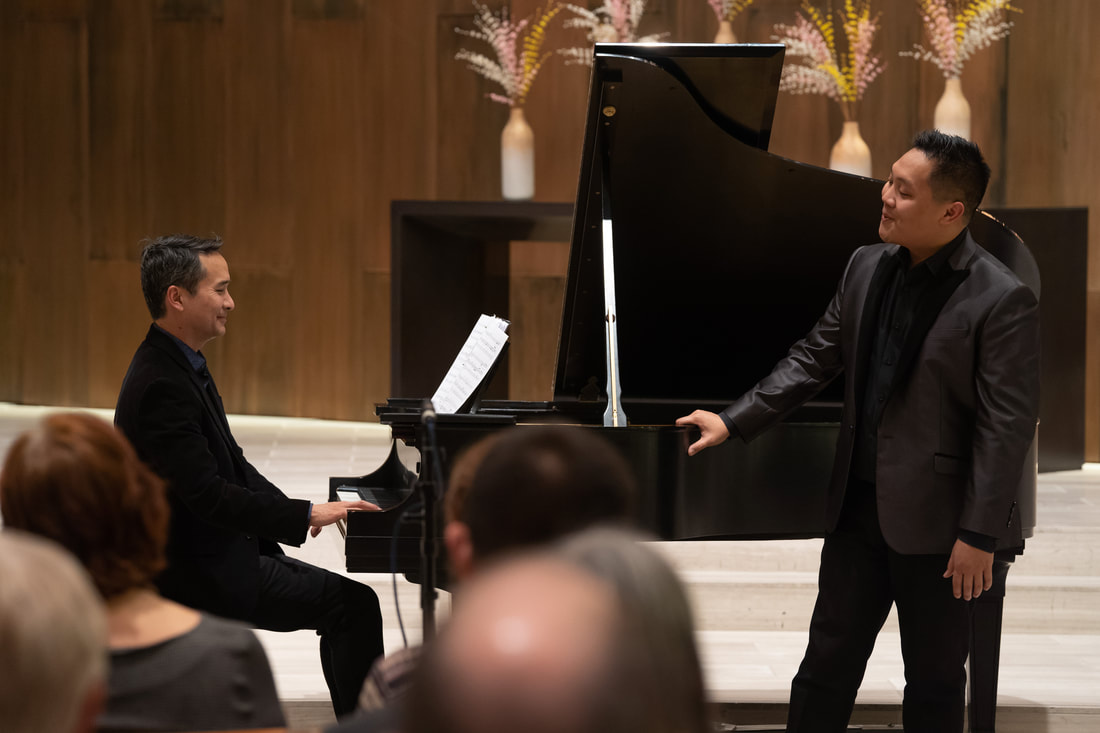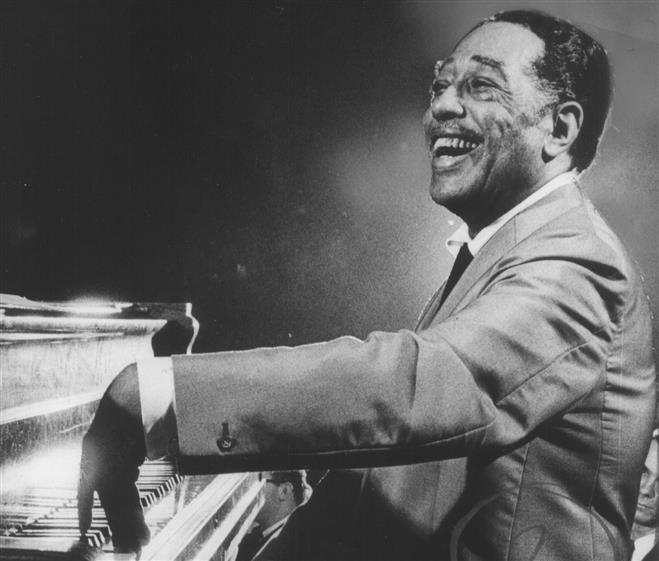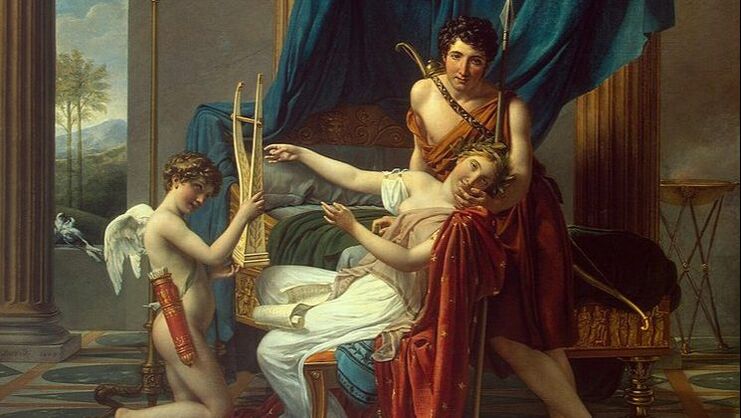|
By Ace Gangoso Almost exactly one year ago, we were singing in what would—unexpectedly—be our last concert of 2020. What a way to end my debut season with Fourth Coast Ensemble! Here we are a year later bouncing back, having recently kicked off of our Origin Stories concerts, live in HD. While we are all beyond excited to bring you these new performances, I still look forward to these blogs for The Art Song Fix because it gives us the opportunity to look back and reflect on how far we have come, in more ways than one. My song of choice today is “In a Sentimental Mood” by Duke Ellington. I must confess, I never really expected to be singing a jazz standard in a concert with “Chicago’s classical vocal quartet.” Shame on me! Of course, this was the point of the concert (entitled Between the Lines) which explored the boundaries surrounding what is typically considered classical vs. non-classical—in this case, jazz. Duke Ellington was a very gifted musician and songwriter, and a pioneer with his own attempts to blur the lines between classical and jazz. Teaming up with Billy Strayhorn, he sought out to write a multi-movement orchestral work telling the story of Black Americans, particularly through the lens of religion and slavery. Black, Brown and Beige premiered on January 23, 1943 and was met with mixed reviews, and, like his other large-scale works, never garnered widespread acclaim. We must consider, however, that classical music circles were even more Eurocentric at that time than they are today, and society at large more rampant with unchecked white supremacy. The insulting saying “good enough for jazz” was borne out of ignorance and hatred not just of the music, but its creators. Who knows what would have happened in a more equitable time and space, with ears more ready and willing to hear new sounds from a person of color on the concert hall stage. Here and now, at the end of Black History Month in the year 2021, it is evident that some progress has been made. I was tickled to get to use my falsetto croon and improvise riffs on this song immediately after singing full-throttle on Agustin Lara’s “Granada.” In classical concerts, you would often hear jazz pieces (if included at all) tucked in towards the end or used as an encore, presented as lighter fare in comparison to the more “serious” works that preceded it. But good music is good music, a good song is a good song, and every style and genre deserves to be respected and represented. Depth and virtuosity can be shown in a myriad of ways. May we continue to challenge our minds and senses, draw the circle wider, and grow the Fourth Coast family beyond what anyone would have ever dreamed!
0 Comments
The pleasure of love lasts but a moment; the sorrow of love lasts a lifetime. Over the years, musicians of all stripes have been attracted to Jean-Paul-Égide Martini’s beautiful song "Plaisir d’amour". From classical singers like Paul Robeson, to folk singers like Joan Baez, Martini’s haunting melody has found a home in the repertoire of countless performers. Perhaps most famously the tune provided inspiration for the Elvis Presley hit "Can’t help falling in love" in 1961. With the limitations that the pandemic has put on collective music making, many musicians have turned to creating more independent, self-produced projects. The rippling arpeggios in the accompaniment of "Plaisir d’amour" seem naturally suited to a guitar, and with Valentine’s Day just around the corner I thought that an art song on the theme of "the pleasure of love" would be a fun quarantine project to put together. The text is a bit more wistful than your average Valentine’s Day card; Martini captures that mood with a simple but effective melody in the opening refrain. The first verse sets up the story of unrequited love, the second takes a melancholy turn into a minor key only to give way to the refrain once more. "Plaisir d’amour" is the music for which Martini is best remembered today. He was born and educated in Bavaria, and made his career as a court musician in Paris. He composed music and led concerts for the royalty and politicians of France, including Louis XVI, Marie Antoinette, and Napoléon Bonaparte. He fled Paris during the French Revolution but returned in later years to teach composition at the Paris Conservatory. He died in 1816 on Valentine’s Day. Enjoy this musical valentine from Fourth Coast Ensemble, much "amour" to you all.
|
SUBSCRIBEAboutHello, and welcome to the blog! We are Fourth Coast Ensemble, Chicago's classical vocal quartet. Join a different member of our ensemble for insights into our favorite art songs, links to archival and new recordings, and reflections on why we value and continue to come back to this musical medium. We proudly present, your #artsongfix! Archives
June 2023
Categories
All
|






 RSS Feed
RSS Feed
